Near-Infrared Absorbing Materials and their applications

Are you looking for ways to control heat and light efficiently in your products or buildings? Do you want to optimize energy use while maintaining clarity? Near-infrared absorbing materials offer a revolutionary solution to these challenges. Near-infrared (NIR) absorbing materials are substances that effectively absorb radiation in the near-infrared spectrum while allowing visible light to […]
Key Additives for Enhancing EVA and POE Encapsulants: Beyond the Basics?

Are you in the solar industry, constantly seeking to improve the longevity and performance of photovoltaic modules? Do you know that the right additives can make a significant difference in the durability of your solar panels? Understanding these key additives for EVA and POE encapsulants is crucial for module reliability. Key additives for EVA and […]
The Critical Role of Hydrolysis Stabilizers in Acid Removal from EVA Films: The Unsung Hero Behind Solar Module Longevity
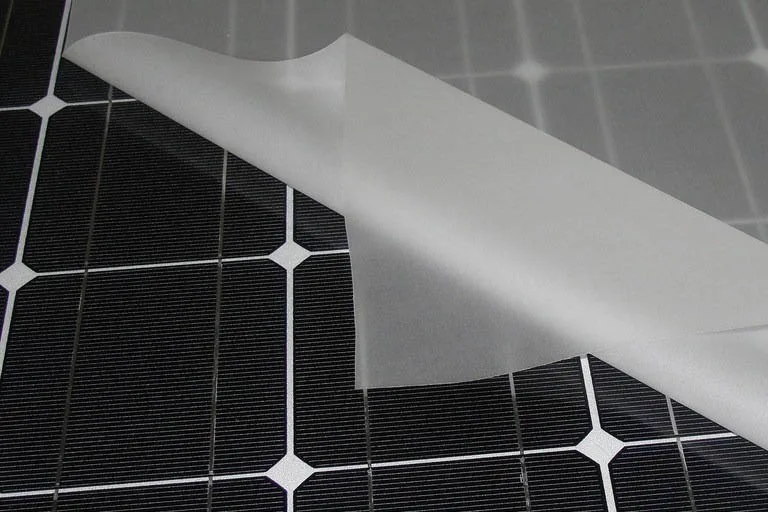
Background As global demand for clean energy continues to grow, the photovoltaic (PV) industry is undergoing rapid technological advancement. Among the materials used in PV module encapsulation, EVA (ethylene-vinyl acetate copolymer) film plays a critical role due to its flexibility, transparency, and adhesive properties. However, EVA films face a major challenge during long-term service: acid […]
Flame-Retardant BOPET Films in Consumer Electronics: Enhancing Fire Safety Through Polyphosphonate Flame Retardants
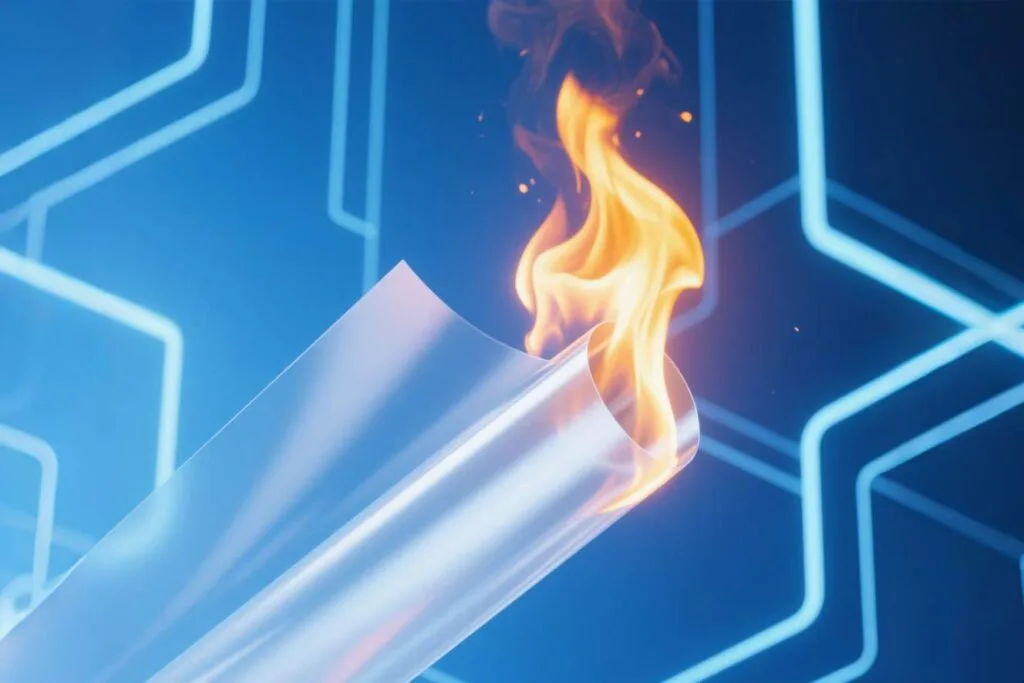
As consumer electronics evolve toward lighter, thinner, and higher-performance designs, thermal stability and flame retardancy are becoming more important than ever. BOPET (biaxially-oriented polyethylene terephthalate) is widely used in displays, labels, battery modules, and protective layers for electronic components. This article explores the applications of flame-retardant BOPET films in consumer electronics and highlights the unique […]
Structure of Photovoltaic (PV) Solar Panels and Types of Photovoltaic Films: Applications and Developments
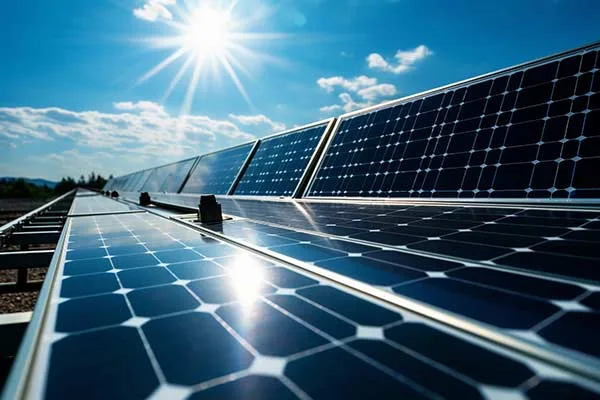
The photovoltaic industry, a key player in the solar power generation sector due to the growing global demand for renewable energy, has developed rapidly. As the main components of the solar energy conversion process, photovoltaic panels directly influence the efficiency and lifetime of solar power systems. Photovoltaic films are crucial in the production of solar […]
Anti – PID Additives: The Key to Prolonging PV Module Lifespan
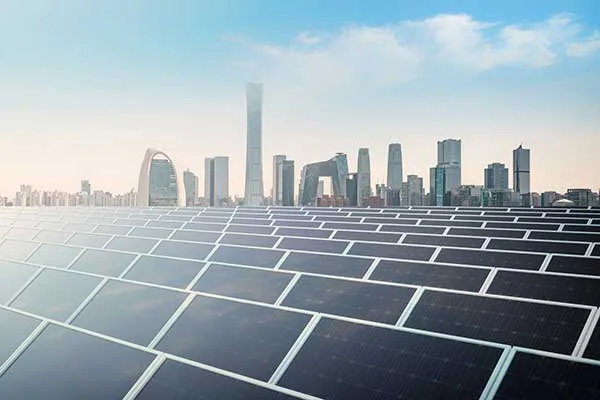
Role and Principles of Anti-PID Additives in Photovoltaic Modules As the photovoltaic (PV) industry expands, PV modules are being increasingly adopted in various applications across domestic, commercial, and industrial energy solutions. However, over time, PV modules face several issues that reduce efficiency and shorten their lifespan. One such issue is Potential Induced Degradation (PID). To […]
Enhancing BOPET in Photovoltaics and Electronics using Anti-Hydrolysis Agents
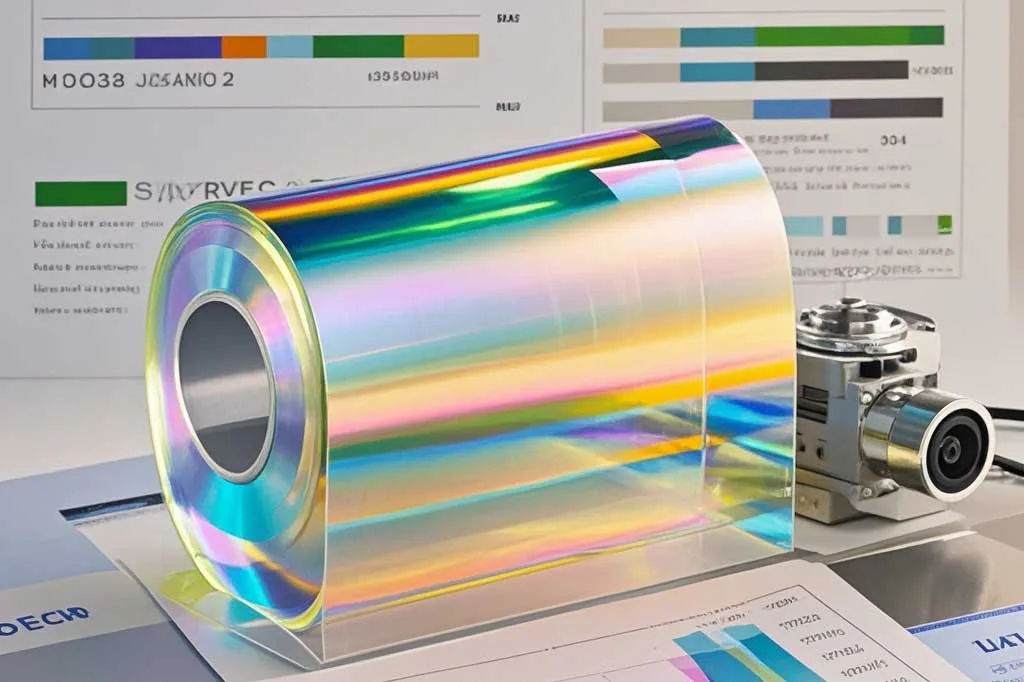
BOPET (biaxially oriented polyethylene terephthalate) films play an important role in multiple industries today, such as photovoltaics and electronics. Unfortunately, they also pose the threat of hydrolysis, which can negatively impact performance and lifespan – this is where anti-hydrolysis agents come into play. The Significance of BOPET in Photovoltaics and Electronics BOPET films play an […]
Utilizing Anti-Hydrolysis Agents in Thermoplastic Polyurethane Films: Introducing Innovations that Reduce Hydrolysis

Introduction Within material science, thermoplastic polyurethane (TPU) films have emerged as an innovative solution, boasting impressive properties. Their durability and performance characteristics have only increased with anti-hydrolysis agents added as anti-hydrolysis agents further strengthen them extending their use across applications. This article delves deeper into their properties, applications and transformative potential within TPU film applications. […]
Improve the heat and humidity resistance of PET solar back sheets with PET hydrolysis resistant additives
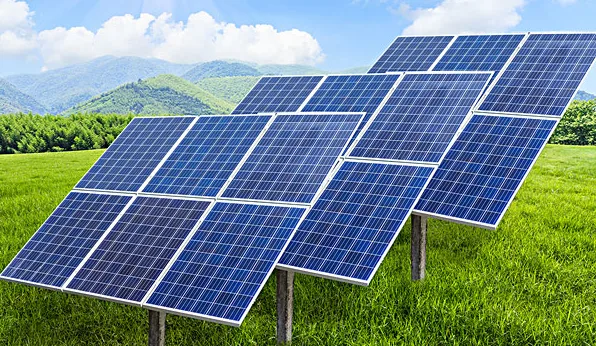
PET back film——the components of solar cells Photovoltaic cells are an important component that converts solar energy into electrical energy. It is mainly composed of tempered glass, crystalline silicon cells, EVA film, back film, aluminum frame, junction box and other components. Among them, the back film is an important material for photovoltaic cell module packaging, […]
